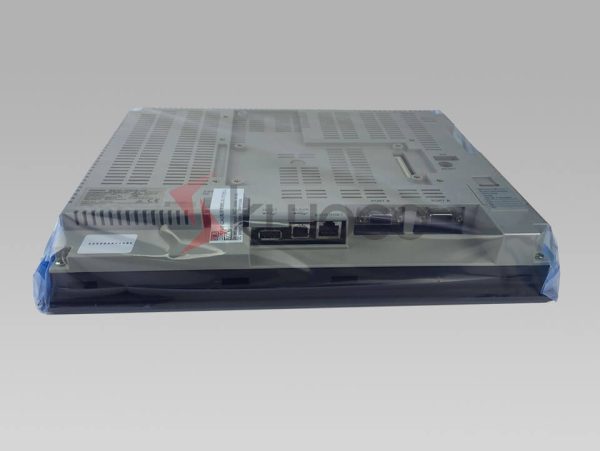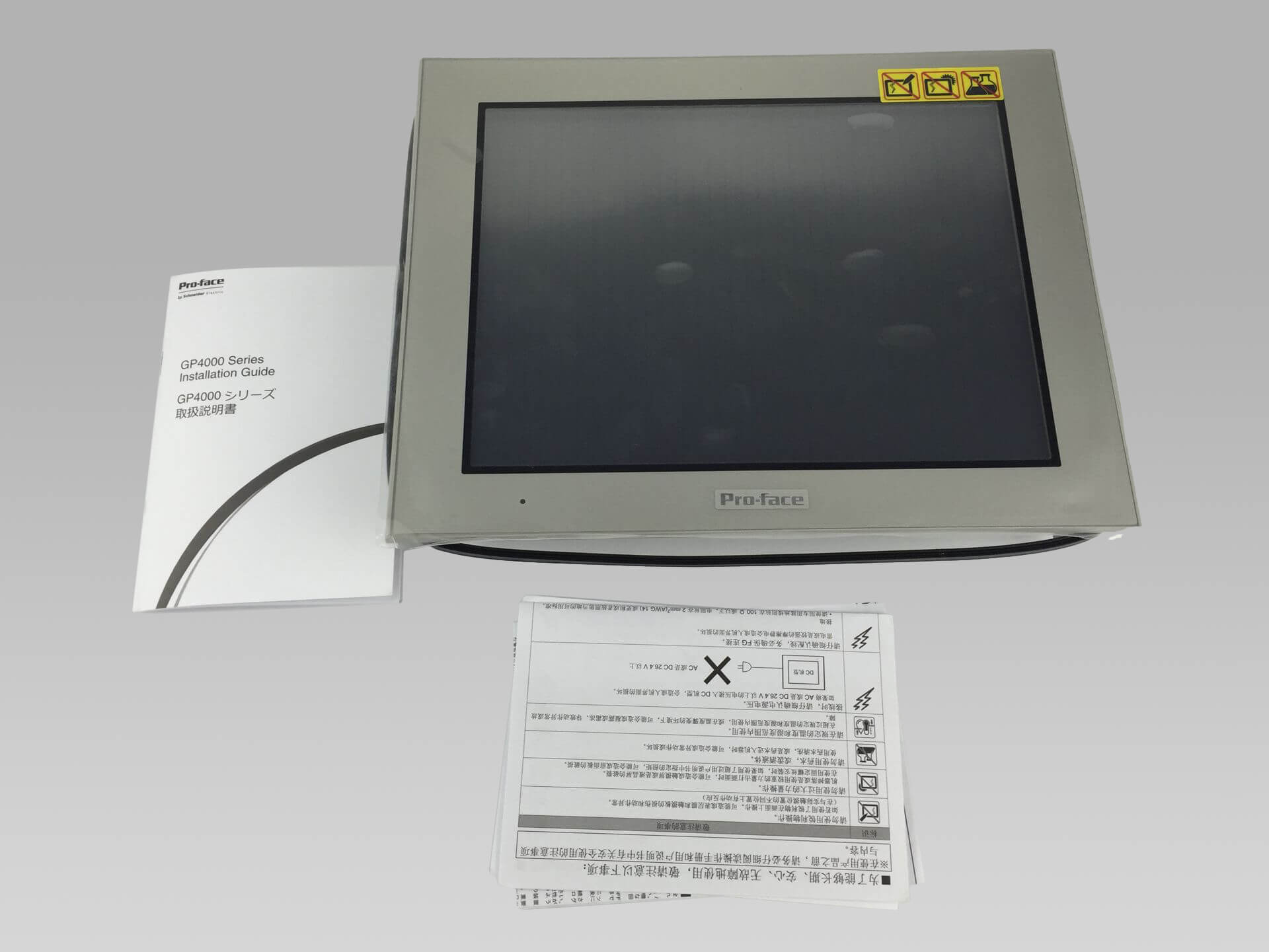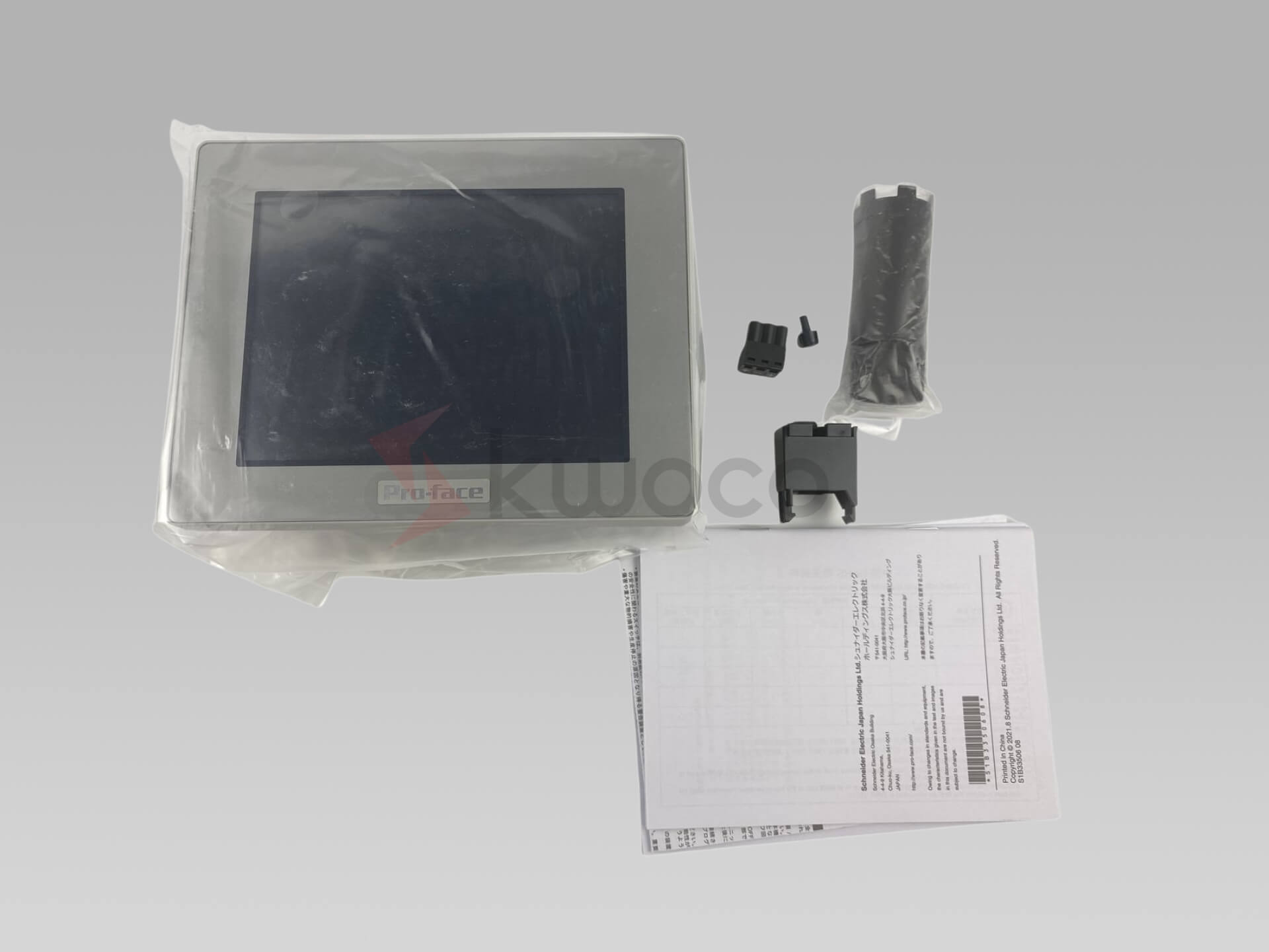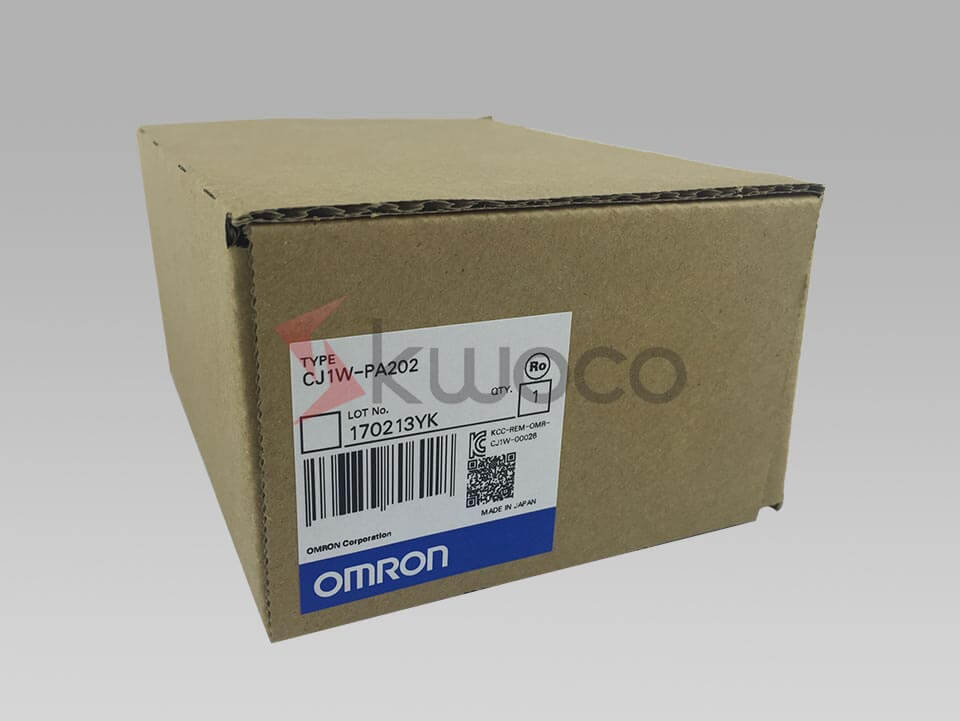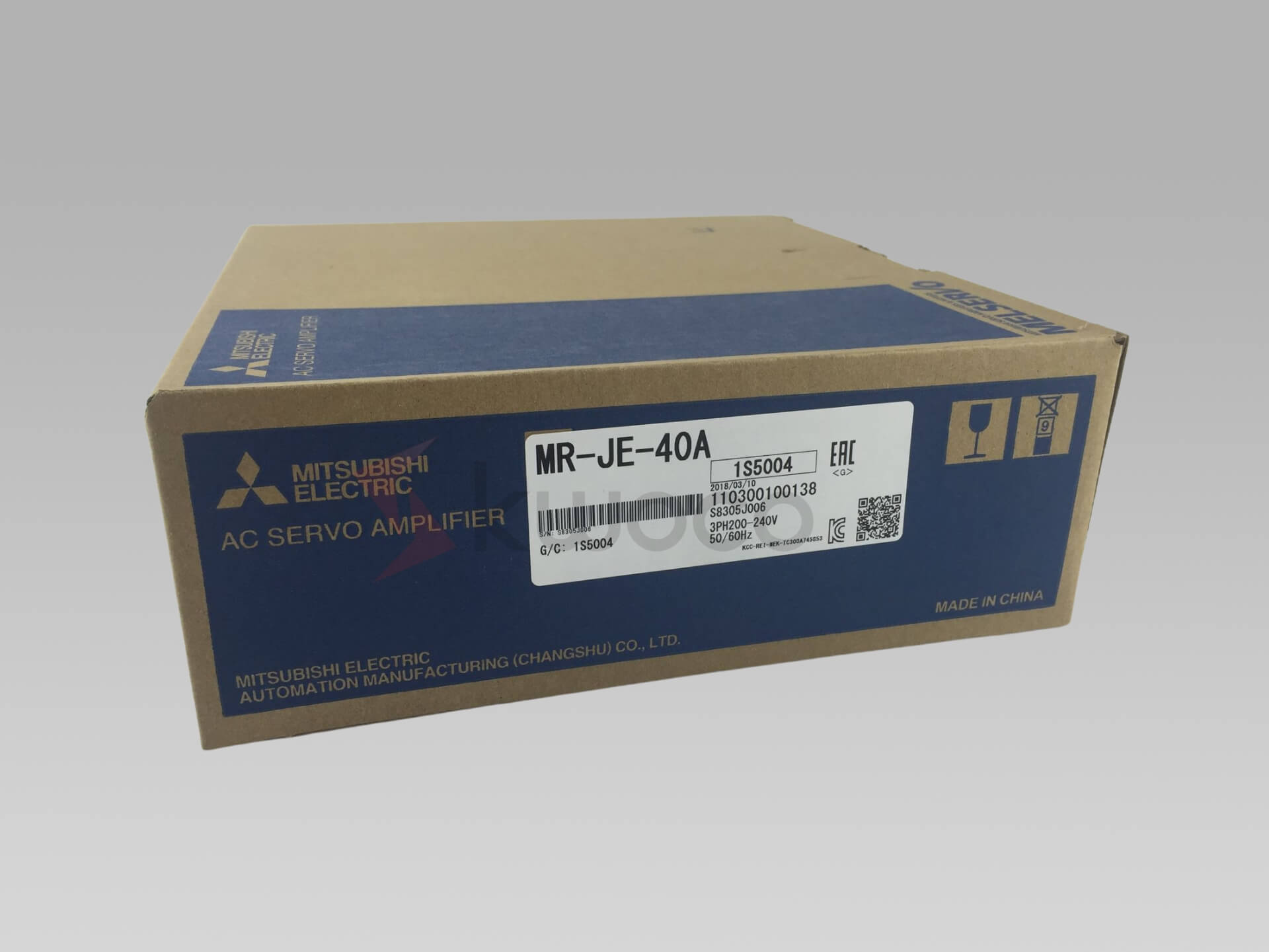Unlock Efficiency and Control with Industrial Automation: Understanding SCADA Systems
Table of Contents
1. What is a SCADA System? Unveiling the Core of Supervisory Control and Data Acquisition
A SCADA system stands for Supervisory Control and Data Acquisition. In simple terms, it’s a control system designed to collect and process data from remote locations to monitor and control industrial equipment and processes.
Imagine a central nervous system for your entire factory, providing you with real-time data and allowing you to make informed decisions from a single location. As an Industrial automation, industrial control products Manufacturing plant for products, we specialize in providing integrated SCADA solutions tailored to your specific needs.
The term SCADA often brings to mind complex diagrams and technical jargon. However, the core concept is quite straightforward. Think of it as a sophisticated system that aims to monitor and control diverse industrial operations from a central location. It is essentially a supervisory system designed to oversee and manage these processes.
2. What are the Key Components of a SCADA System? Exploring RTUs, PLCs, and HMIs
SCADA systems include several key components of scada, each playing a crucial role in the overall functionality. These typically include:
Remote Terminal Units (RTUs): These are field devices that collect data from sensors and other equipment at remote sites. They then transmit data back to the scada master. Our RTUs are ruggedized and designed for harsh industrial environments, ensuring reliable data communication.
Programmable Logic Controllers (PLCs): PLCs are used for local control and automation. They can execute control logic based on sensor inputs and commands from the scada master. Consider the programmable logic controller the brains of the local operation, responding in real time to changing conditions. As an Industrial automation company, we implement programmable logic controller to optimize the automation for you
Human-Machine Interface (HMI): The HMI provides a graphical interface for operators to monitor and control the system. It displays real-time data, alarms, and trends, allowing operators to make informed decisions. The HMI is your window into the entire operation, providing a clear and intuitive view of the industrial process. We can provide you with the best hmi scada software.
Communication Network: This network connects the RTUs, PLCs, and HMI to the scada master. It can be a wired or wireless network, depending on the application. Reliable data communication is critical for the effective operation of a scada system.
SCADA Master Station: This is the central server that collects data, stores it, and provides the HMI for operators. The computer master station system is the heart of the scada system, providing a centralized view of your entire operation.
3. How Does Supervisory Control and Data Acquisition Work? A Step-by-Step Explanation
So, how do scada systems work? Here’s a breakdown of the process:
- Data Acquisition: Sensors in the field collect data on various parameters, such as temperature, pressure, flow rate, and level. These sensors are connected to RTUs.
- Data Transmission: The RTUs convert the analog signals from the sensors into digital data and transmit data to the scada master via the communication network.
- Data Processing: The scada master receive data, process data, and store it in a database.
- Visualization: The HMI displays the real-time data in a user-friendly format, allowing operators to monitor and control the system.
- Control Actions: Operators can issue commands to the scada system to adjust setpoints, start or stop equipment, or take other control actions. The scada system then sends these commands to the PLCs or RTUs in the field.
- Feedback Loop: The PLCs or RTUs execute the commands and provide feedback to the scada master, confirming that the actions have been taken. This creates a closed-loop control system, ensuring accurate and reliable operation.
4. What are Some Real-World SCADA Examples? From Oil & Gas to Power Generation
Examples of scada are abundant across various industries:
Oil and Gas: SCADA systems are used to monitor and control pipelines, oil wells, and storage tanks. They can detect leaks, optimize flow rates, and prevent accidents. As an Industrial automation firm, we’re seeing an increased demand for improved automation to boost efficiency.
Power Generation: SCADA systems are critical for power generation, power transmission and distribution. They monitor and control generators, transformers, and circuit breakers. They can also detect faults and prevent blackouts.
Water and Wastewater Treatment: SCADA systems are used to monitor and control water levels, flow rates, and pump operations. They can also optimize chemical dosing and ensure water quality.
Manufacturing: SCADA systems are used to monitor and control production lines, robots, and other equipment. They can optimize production schedules, improve quality control, and reduce downtime. We help manufacturing plants streamline their industrial process with tailored SCADA solutions.
Transportation: SCADA systems systems such as railways are used to monitor and control traffic signals, train movements, and tunnel ventilation systems. They can improve safety and efficiency of transportation networks.
5. What are the Essential Functions of a SCADA System? Monitoring, Control, and Data Analysis
The functions of a scada system are numerous, but they primarily revolve around these key areas:
- Monitoring: Providing real-time data on the status of equipment and processes. SCADA systems monitor critical parameters, alerting operators to any deviations from normal operating conditions.
- Control: Allowing operators to remotely control the system, adjust setpoints, and take corrective actions. SCADA control systems empower operators to respond quickly to changing conditions.
- Data Acquisition: Collect data from various sources, including sensors, PLCs, and other devices.
- Data Analysis: Analyzing the collected by the scada system to identify trends, optimize performance, and predict potential problems. SCADA systems generate valuable insights that can be used to improve efficiency and reduce costs.
- Alarm Management: Detecting and responding to alarms, notifying operators of critical events. Effective alarm management is crucial for preventing accidents and minimizing downtime.
- Reporting: Generating reports on system performance, historical data, and alarm events. These reports can be used to track progress, identify areas for improvement, and comply with regulatory requirements.
6. How Can SCADA Systems Ensure Data Integrity and Security? Protecting Critical Infrastructure
Data integrity and security are paramount in any SCADA system. Here’s how these systems ensure that:
- Encryption: Encrypting data communication to prevent unauthorized access.
- Authentication: Requiring users to authenticate before accessing the system.
- Authorization: Restricting access to certain functions based on user roles.
- Auditing: Logging all system events to track user activity and detect security breaches.
- Firewalls: Using firewalls to protect the scada master from unauthorized access.
- Intrusion Detection Systems: Monitoring the network for suspicious activity and alerting administrators of potential threats.
- Regular Security Audits: Conducting regular security audits to identify vulnerabilities and implement corrective actions.
7. What is the Role of the Programmable Logic Controller (PLC) in SCADA? The Brains of the Operation
The programmable logic controller is a crucial component of a SCADA system. PLCs are typically deployed in the field to control the system at a local level. They receive data from sensors, execute control logic, and send commands to actuators, such as valves, pumps, and motors. Here’s the breakdown:
- Local Automation: PLCs provide local automation capabilities, allowing the system to respond quickly to changing conditions without requiring constant communication with the scada master.
- Data Pre-processing: PLCs can pre-process data before sending it to the scada master, reducing the amount of data communication required.
- Redundancy: PLCs can provide redundancy, ensuring that the system continues to operate even if the scada master fails.
- Interface to Field Devices: PLCs provide a standard interface to a wide range of field devices, making it easier to integrate new equipment into the scada system.
8. What is the Modern SCADA System Architecture? Embracing Cloud and IoT Integration
The modern scada system architecture is evolving to embrace cloud computing and the Internet of Things (IoT). Modern SCADA systems offer the following advantages:
- Cloud-Based SCADA: Cloud-based SCADA systems offer scalability, flexibility, and cost savings. They also allow for remote access to data and control functions.
- IoT Integration: IoT devices, such as sensors and smart meters, can be easily integrated into SCADA systems, providing a wealth of new data.
- Mobile Access: Mobile apps allow operators to monitor and control the system from their smartphones or tablets.
- Advanced Analytics: Modern SCADA platforms offer advanced analytics capabilities, allowing users to identify trends, optimize performance, and predict potential problems.
- Cybersecurity: Enhanced security features to protect against cyberattacks.
9. What Benefits Do SCADA Systems Offer for Industrial Automation? Boosting Efficiency and Reducing Downtime
SCADA systems offer a wide range of benefits for industrial automation, including:
- Improved Efficiency: Optimizing processes and reducing waste.
- Reduced Downtime: Preventing equipment failures and minimizing repair time.
- Increased Productivity: Automating tasks and improving throughput.
- Enhanced Safety: Detecting and preventing accidents.
- Reduced Costs: Lowering energy consumption, maintenance costs, and labor costs.
- Better Decision-Making: Providing real-time data for informed decision-making.
- Regulatory Compliance: Meeting regulatory requirements for safety and environmental protection.
10. Why Choose Us for Your SCADA Solution? Experience, Expertise, and Customized Solutions
As an industrial automation, industrial control products manufacturing plant for products, we understand your unique challenges and requirements. Here’s why you should partner with us for your SCADA solution:
- Experience: We have extensive experience in designing, implementing, and supporting SCADA systems for a wide range of industries.
- Expertise: Our team of engineers and technicians has the knowledge and skills to deliver a SCADA solution that meets your specific needs.
- Customized Solutions: We don’t offer one-size-fits-all solutions. We take the time to understand your business and develop a SCADA solution that is tailored to your unique requirements.
- Reliable Support: We provide 24/7 support to ensure that your SCADA system is always running smoothly.
By implementing a SCADA system with us, you gain a competitive edge through improved efficiency, reduced downtime, and enhanced decision-making.
11. What are the Components of a SCADA System? A Closer Look at the Hardware and Software
Let’s drill down further into the components of a scada system. Think of it as a carefully orchestrated team of hardware and software work together to provide seamless control:
- Hardware:
- Sensors: The eyes and ears, providing real-time data.
- RTUs (Remote Terminal Units): The communicators, transmitting data.
- PLCs (Programmable Logic Controllers): The local controllers, executing instructions.
- Communication Infrastructure: The network that connects everything.
- Software:
- SCADA Software: The core platform, processing data and providing the HMI.
- HMI (Human-Machine Interface): The user interface, displaying data and allowing control.
- Historian: The database, storing historical data for analysis.
These components work together to create a comprehensive control system architecture.
12. What Kind of Data Do SCADA Systems Ensure? Real-Time Insights for Optimized Performance
SCADA systems ensure data flows reliably and accurately. This data is the lifeblood of informed decision-making:
- Real-time Process Data: Temperatures, pressures, flow rates, levels, etc.
- Equipment Status: On/off, running/stopped, alarm conditions.
- Energy Consumption: Power usage, water usage, gas consumption.
- Environmental Data: Emissions, waste discharge.
- Security Events: Access attempts, intrusion detections.
This real-time data empowers you to optimize performance, prevent problems, and ensure compliance.
13. What Is the Overall Role of SCADA in Modern Manufacturing? Enhancing Productivity and Reliability
The role of scada in modern manufacturing is pivotal. It’s not just about monitoring; it’s about proactive management:
- Increased Efficiency: Automation of tasks, optimized resource utilization.
- Reduced Downtime: Predictive maintenance, rapid response to alarms.
- Improved Quality Control: Real-time data analysis, identification of defects.
- Enhanced Safety: Early detection of hazards, automated safety shutdowns.
- Better Traceability: Tracking production processes, identifying root causes of problems.
14. What are Some Examples of SCADA? Showcasing Versatility in Various Industries
SCADA examples are numerous, illustrating its adaptability across diverse sectors:
- Manufacturing: Monitoring production lines, controlling robots, optimizing inventory.
- Water Treatment: Monitoring water levels, controlling pumps, optimizing chemical dosing.
- Power Generation: Monitoring generators, controlling transformers, preventing blackouts.
- Transportation: Monitoring traffic signals, controlling train movements, ensuring tunnel ventilation.
- Oil and Gas: Monitoring pipelines, controlling oil wells, detecting leaks.
SCADA systems can also improve safety, increase productivity, and reduce costs.
Frequently Asked Questions
SCADA systems allow for increased efficiency, reduced downtime, enhanced safety, and improved decision-making through real-time data analysis and remote control capabilities. They systems can help streamline operations and optimize resource utilization.
While both are industrial control systems, SCADA typically manages geographically dispersed assets, whereas a DCS controls processes within a single plant or factory. SCADA systems provide a framework for supervisory control and data acquisition over a wider area.
No, SCADA applications can be scaled to fit various sizes of operations. Even smaller facilities can benefit from the increased efficiency and control that a SCADA system enables.
Security is a top priority. SCADA systems employ multiple layers of security, including encryption, authentication, firewalls, and intrusion detection systems to protect against unauthorized access and cyberattacks. It is important to keep hardware and software up to date.
Sensor are critical as they collect the raw data on the ground. It is this data that is used to drive actions.
Power your projects with brand-new, original Omron, Mitsubishi, Schneider PLC – in stock, ready now!
Conclusion
- SCADA systems are essential for modern industrial operations, providing real-time data and remote control capabilities.
- Key components include RTUs, PLCs, HMIs, and a reliable communication network.
- SCADA offers numerous benefits, including improved efficiency, reduced downtime, and enhanced safety.
- The modern scada system is evolving to embrace cloud computing and IoT integration.
- Choosing the right partner for your SCADA solution is crucial for success.
Ready to unlock the full potential of your industrial operations? Contact us today to discuss your SCADA solution needs! Let us, an Industrial automation company, build you the best hmi scada software.
Remember to explore our offerings in Omron PLC, Mitsubishi PLC, and Schneider PLC for seamless integration with your SCADA system. You can also find HMIs from various vendors, such as Proface HMI, Omron HMI, and Schneider HMI that will make your process more efficient. Don’t forget to check out our options for Servo to enhance your control capabilities.
Contact Us
Just fill out your name, email address, and a brief description of your inquiry in this form. We will contact you within 24 hours.
You May Also Find These Topics Interesting

How to Download and Upload Programs for Hitech (Beijer) HMI PWS6000 Series: A Comprehensive Guide
How to Download and Upload Programs for Hitech (Beijer) HMI PWS6000 Series: A Comprehensive Guide The Hitech (Beijer) PWS6000 Series
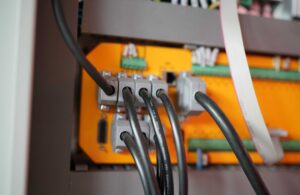
PLC Output Types: Essential Guide for Automation Engineers
In the world of industrial automation, understanding PLC output types is crucial for effective control system design and implementation. This comprehensive guide will walk you through the various types of PLC outputs, their applications, and how to choose the right one for your specific needs.

Top 10 Omron PLC Suppliers in the United States
Top 10 Omron PLC Suppliers in the United States Omron PLC is widely used in the US market, especially in

